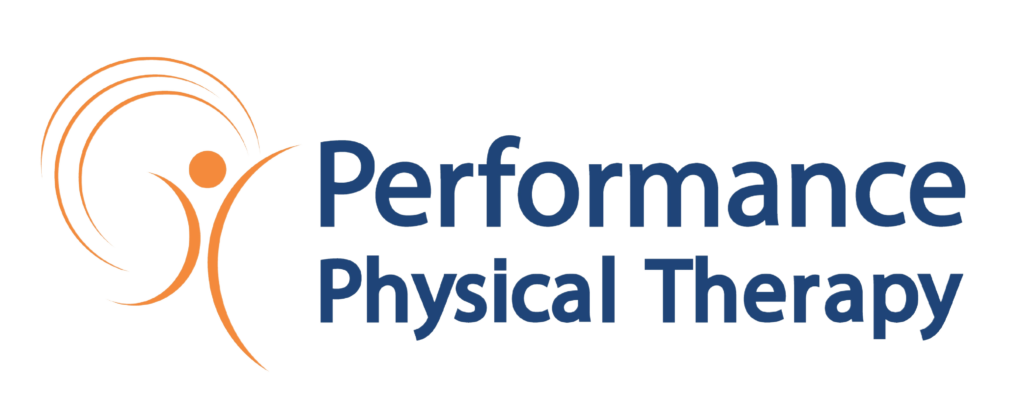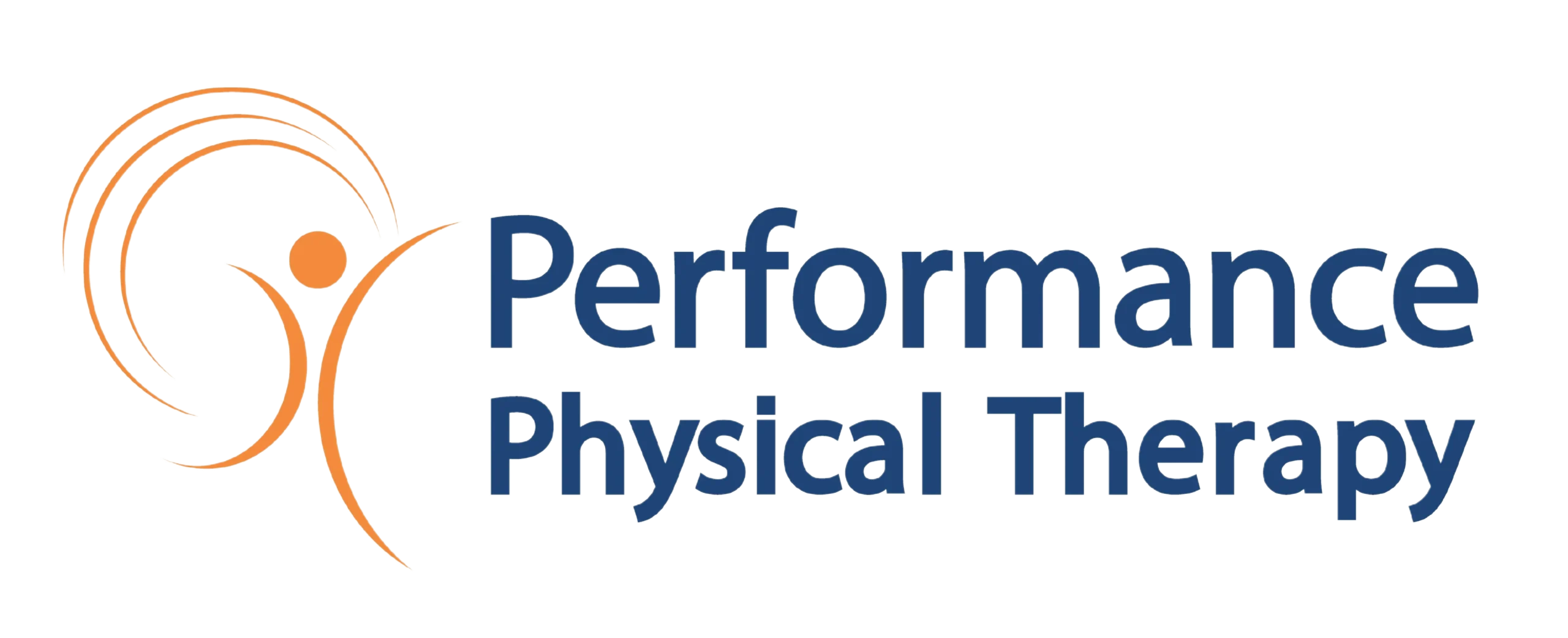Shoulder pain is frustrating and can impede on your life. The good news is in most cases, you don’t need surgery or injections for your shoulder pain. Even rotator cuff tears respond well to conservative care, such as physical therapy.
One of the potential causes of shoulder pain is arthritis, however, this condition is often misunderstood. This article will help you better understand shoulder arthritis and ways to treat it.
UNDERSTANDING ARTHRITIS
The term ‘arthritis’ is incomplete and can be misleading as there are a couple of forms of arthritis. Rheumatoid arthritis, for example, is an autoimmune disorder that creates inflammation and thickening of joint capsules. When people say they have arthritis, however, they are often referring to osteoarthritis.
Osteoarthritis is the breakdown of joint cartilage – the protective covering around bones within a joint space. The most common symptoms are pain and stiffness. Keep in mind, the severity of osteoarthritis is poorly correlated with pain. Many studies show significant osteoarthritis and little to no pain and vice versa. Pain is complex.
Osteoarthritis is a normal part of aging. That does not mean it is irrelevant, but rather, it is not something that can be completely avoided. The speed of breakdown is highly variable, however. Why does this matter if pain is poorly correlated? Again, pain is complex, but osteoarthritis can contribute to the experience of pain. The key is knowing the other factors that lead to osteoarthritis being a painful condition.
Genetics and certain diseases can increase the prevalence of osteoarthritis in your shoulder and other regions of the body, but I will focus on the factors we can control, such as diet, exercise, and lifestyle habits (sleep, smoking, stress). Obesity is one of the primary causes of osteoarthritis and is directly related to the previously mentioned factors we can control. Obesity, exercise, and lifestyle habits create neurologic and metabolic changes, influencing the experience of pain.
This is one of the reasons why surgery does not work for chronic pain. Instead, exercise should be the primary focus for treating shoulder osteoarthritis. But doesn’t exercise cause osteoarthritis, too?
EXERCISE AS TREATMENT FOR ARTHRITIS
Research shows conservative treatment – including physical therapy – is effective for treating shoulder osteoarthritis. Injections and surgery are not the answer. They don’t treat the issues and the side effects can make the problem worse.
With that said, all physical therapy is not created equal.
If you seek physical therapy, exercise must be part of the process. You should also receive education on pain. If your treatment is primarily modalities – heat, ice, e-stim, ultrasound – or manual therapy – joint manipulation, mobilization, massage – then you should seek a new physical therapist.
Modalities and manual therapy can provide mild short-term relief, but they don’t address the issues or build your body’s strength and physical capacity. Think of them as medications without the side effects. They have some benefit, but they are not the answer and should not be relied upon.
Exercise should be targeted as well. You should not be going through a generic exercise flowsheet or completing low-intensity exercises exclusively. Pulleys, yellow bands, and ball rolls may help in early post-operative stages, but they do not build endurance, muscle, or strength. Lastly, posture does not matter.
Seriously. Research is crystal clear that posture is not the cause of your pain. Whether it is lifting mechanics or slouching while scrolling through social media on your phone, you can safely adopt any posture you like. Exercise should focus on building endurance, strength, and resilience.
This does not mean you should be exercising like you are preparing for the CrossFit games, but you should be challenging your body. This is where a skilled physical therapist can help. They will incorporate appropriate shoulder exercises into a comprehensive treatment plan. Good physical therapists avoid tunnel vision. The shoulder may be in pain, but it should not be the only area of focus.
If you are interested in learning more, schedule an appointment with one of our local physical therapists.


